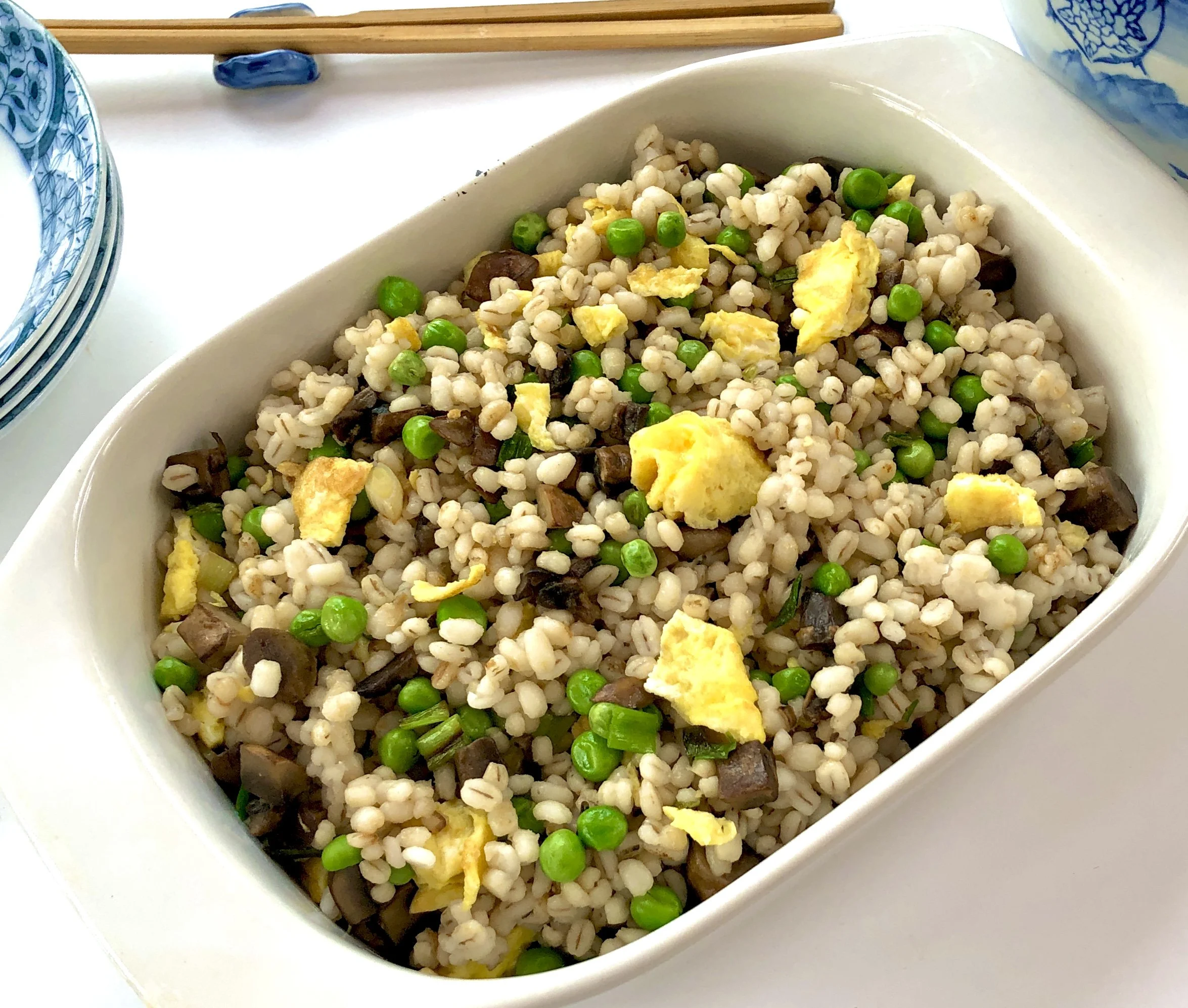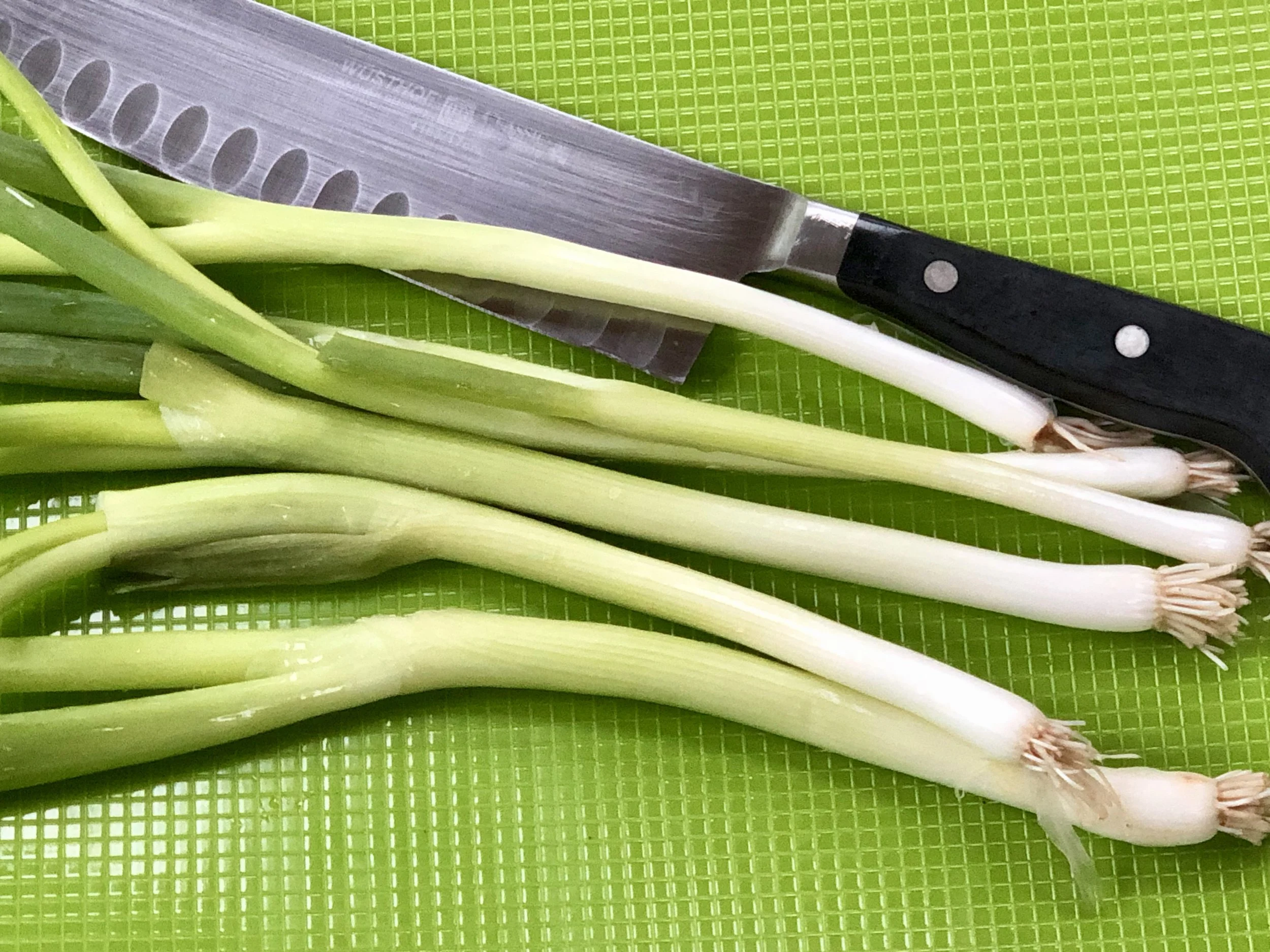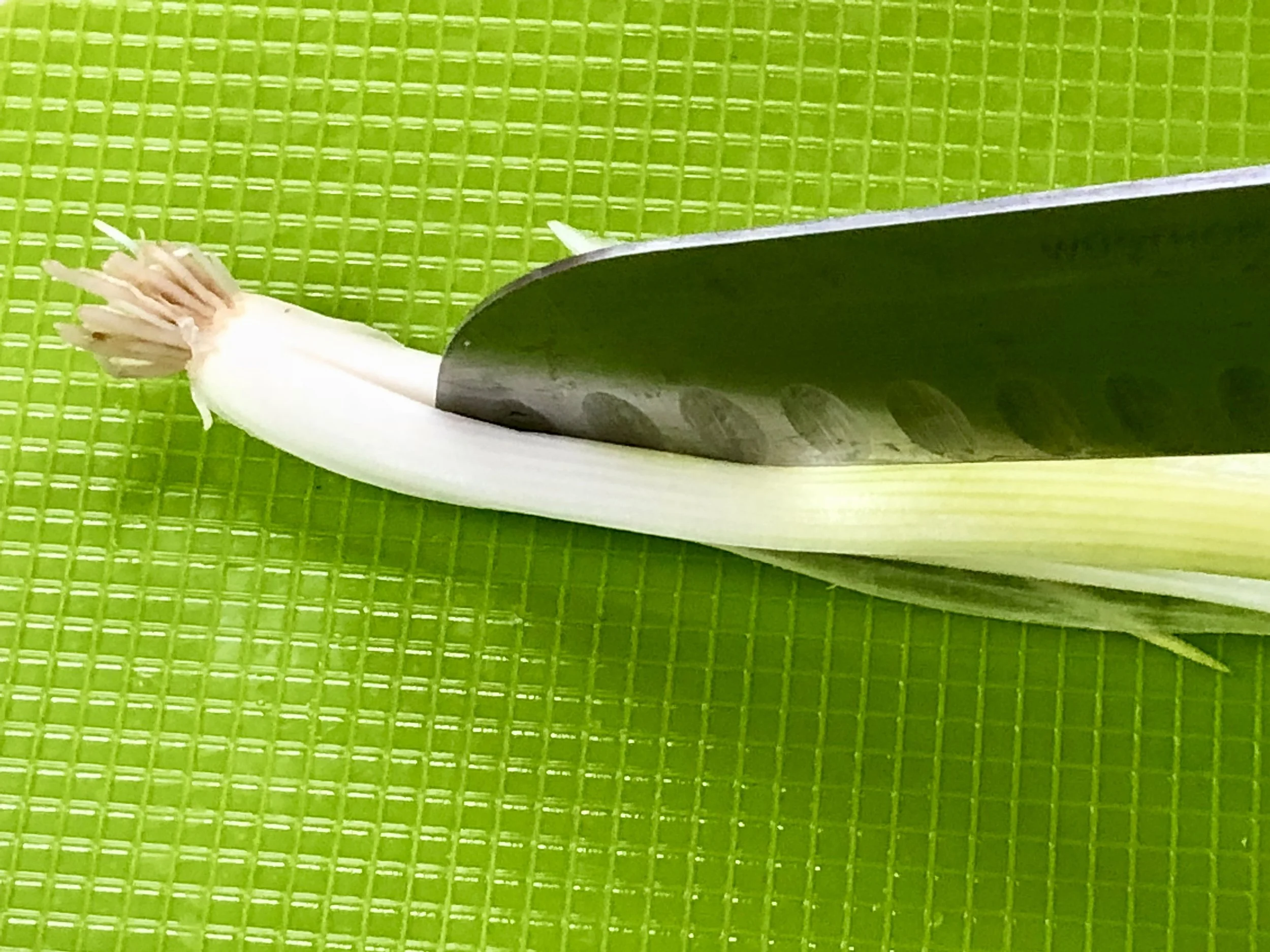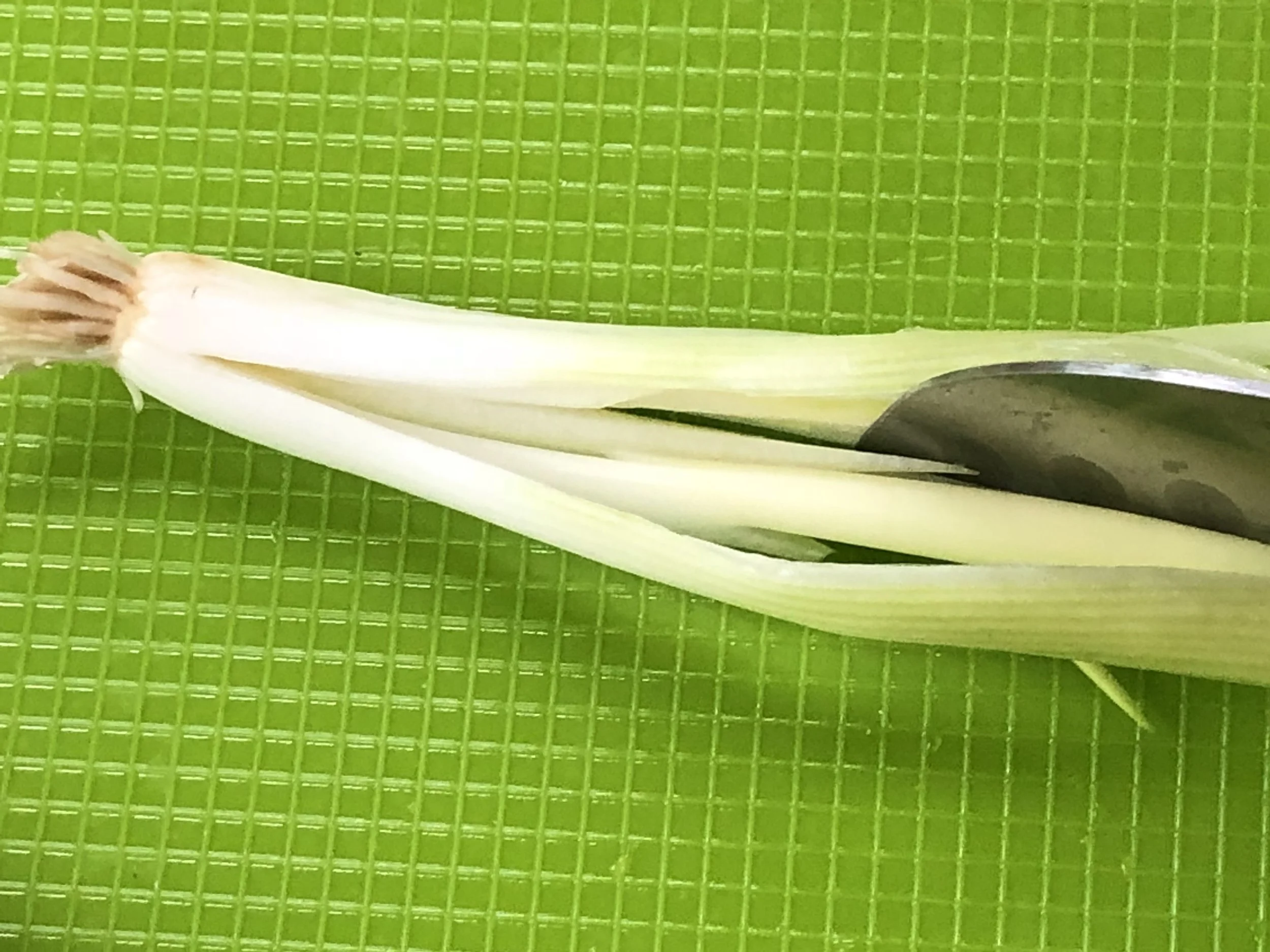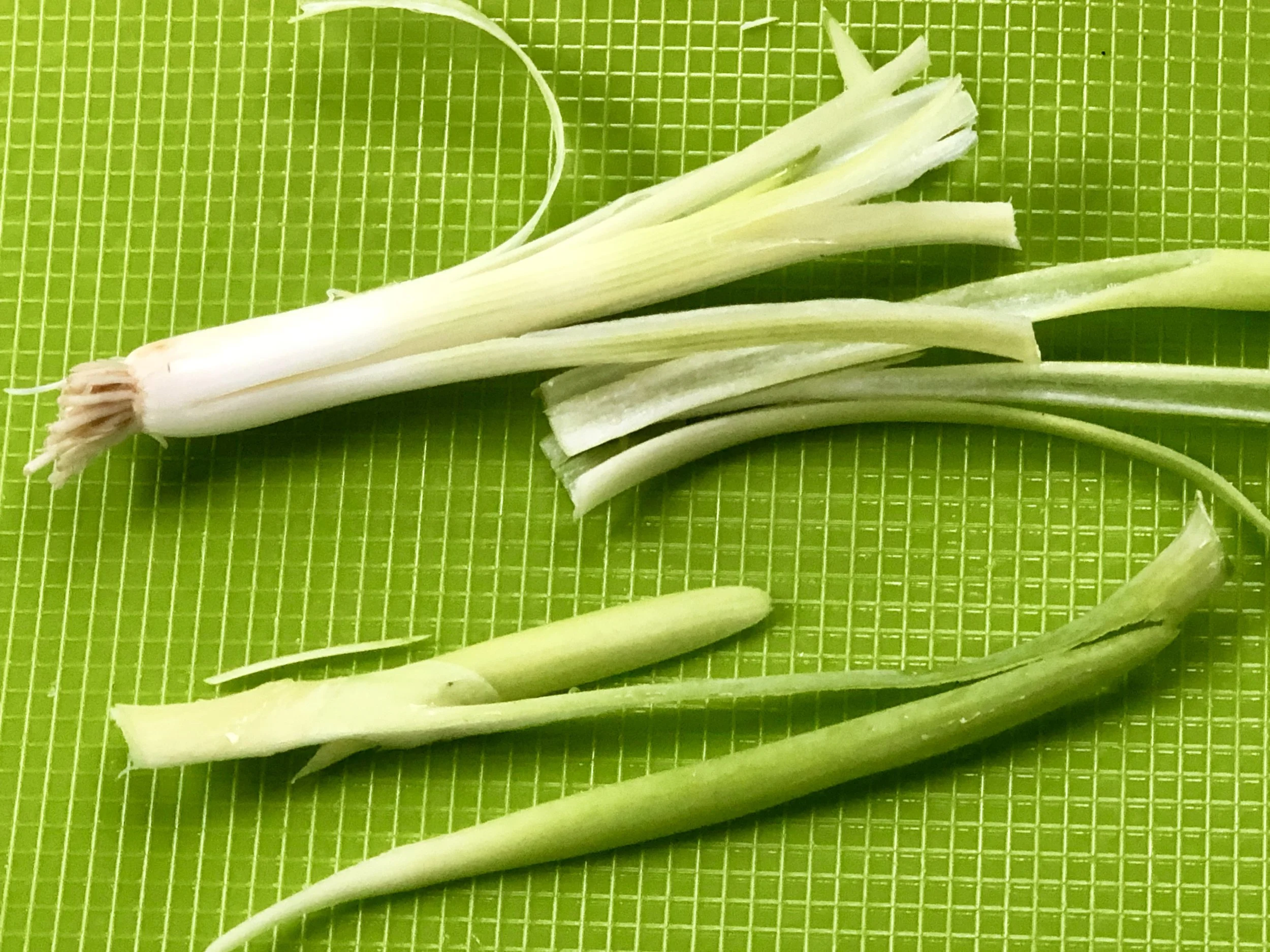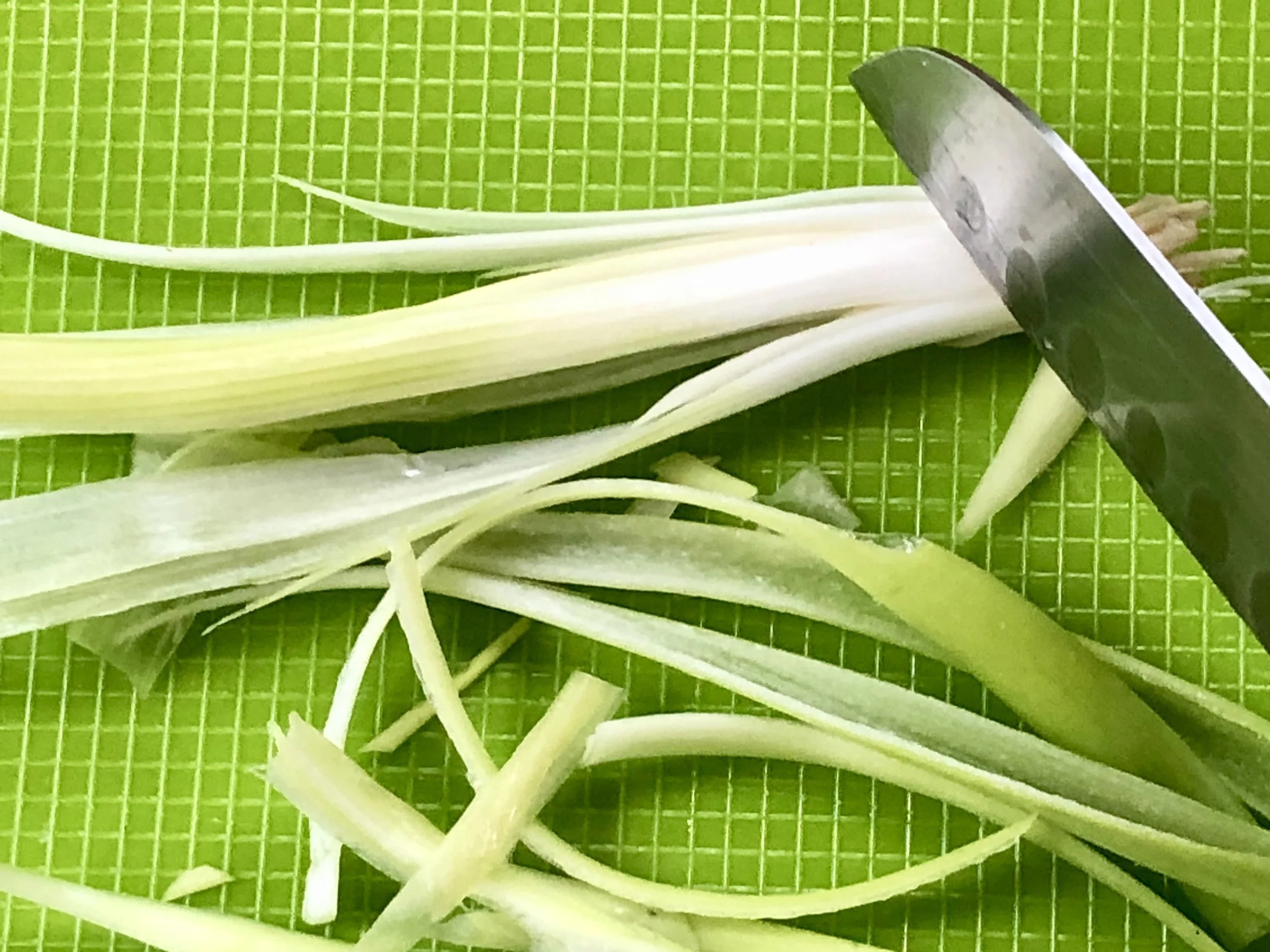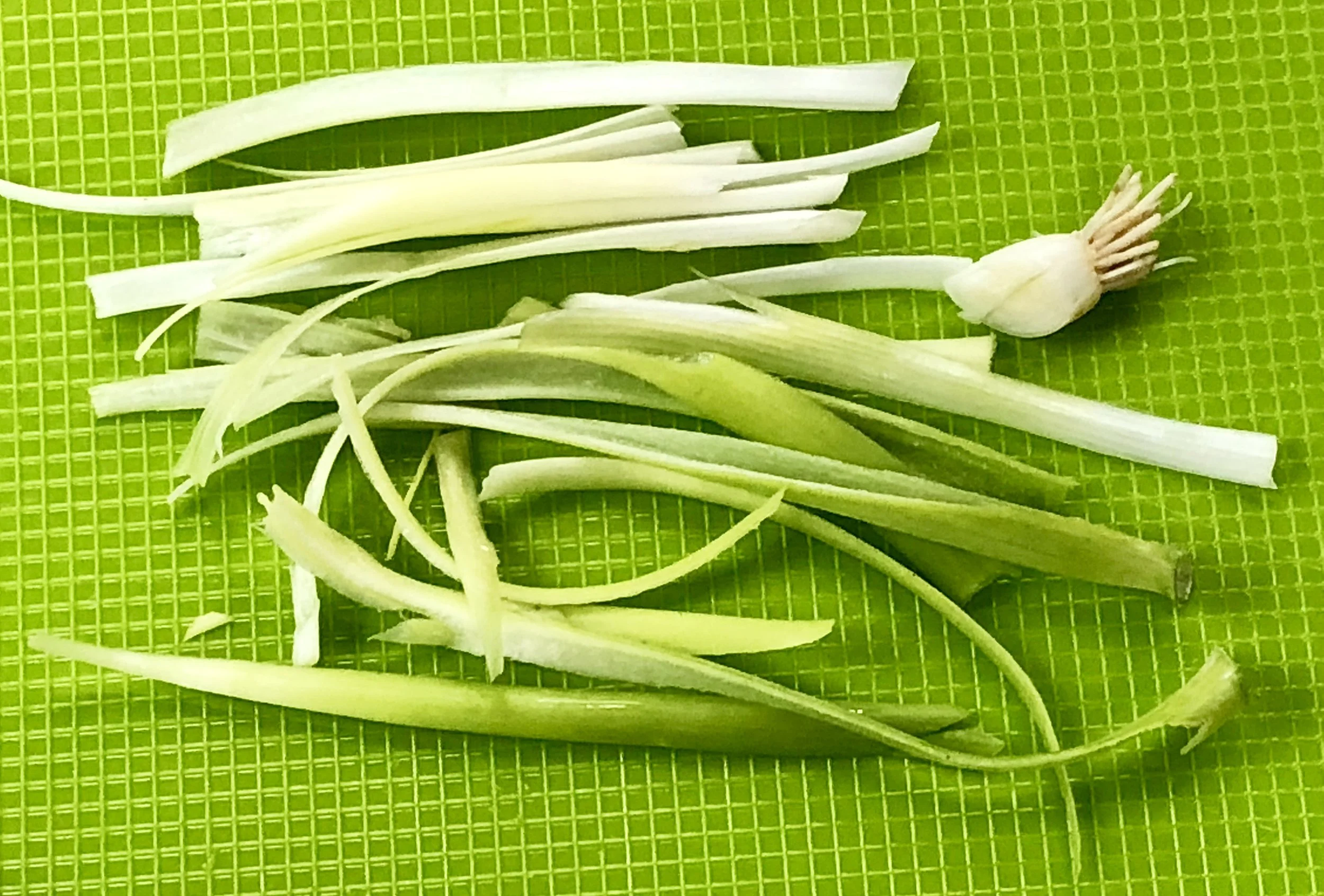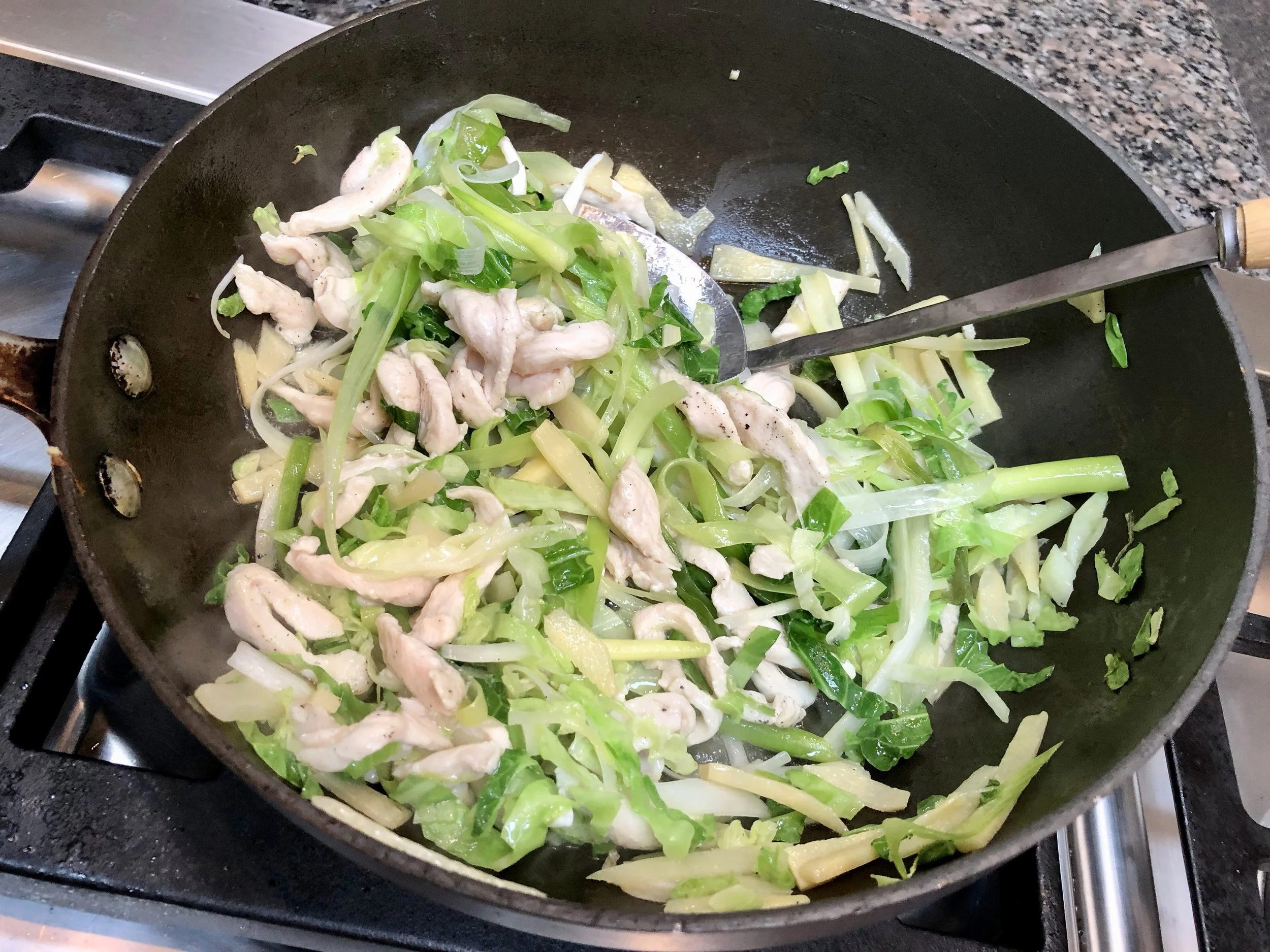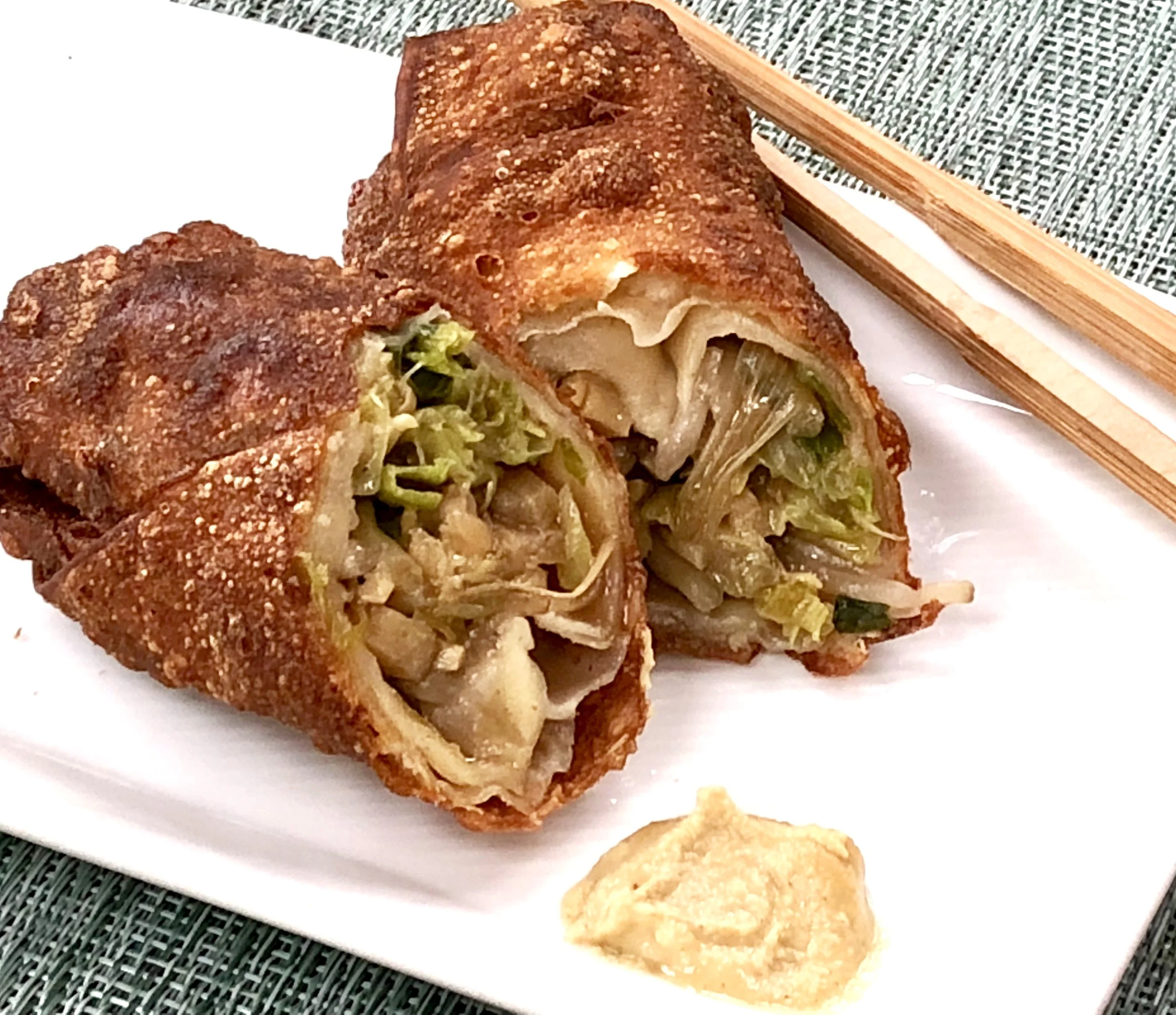There's an old, ongoing joke about Jews and Chinese food. You know, the Jewish year is 5777 and the Chinese year is 4714; we love Chinese food so how did we get along without it for over a thousand years?
All kidding aside, there is a real connection among the Jews and Chinese going back -- in the United States at least -- to May 1903.
In April of that year there was a terrible pogrom in Kishinev (now in Moldava) during Russian Easter. Several days of anti-semitic violence took its toll on the Jewish community: 49 dead, 500 injured and about 2,000 homeless. News of the violence reached the United States, where Jewish philanthropists raised money to help the victims.
But a Chinese businessman on New York's Lower East Side felt the outrage too.
His name was John Singleton, who understood the cruelty and sometimes barbarism inflicted upon minority groups. He and three fellow merchants Guy Main (Yee Kai Man), Dek Foon and Jue Chue arranged for a benefit performance at the Chinese Theater on Doyers Street on May 11, 1903.
The program consisted of a short play (performed in Chinese) -- all the Chinese actors donated their time. Then speakers. Guy Main and Rabbi Joseph Zeff (who spoke in Yiddish) talked about the common bond between the two people, noting the atrocities committed by Russians against both. Another speaker expressed Jewish gratitude to the Chinese and wished the United States to welcome them as Americans, a somewhat veiled protest against the Chinese Exclusion Act.
Finally? Dinner at Mon Lay Won, considered the "Chinese Delmonico's." A very special place. The famous Yiddish actress Bertha Kalisch attended, as well as many other prominent Jews. There is no record of the menu, but it was definitely NOT kosher. The restaurant, which usually served featured pork and shrimp, apparently tried to be sensitive to the Jewish dietary laws and didn't serve those items, but we know that among the dishes served were chicken, squab and reindeer.
The event raised about $280 for the Kishinev victims (that's about $7,300 in today's dollars).
Of course this is not the reason that Jews love Chinese food. But the gesture stands, the solidarity cannot be forgotten. And so, on this 114th anniversary of the event, I offer a tasty Chinese dish that's welcome for spring. If you can get Chinese long beans that's perfect, but I make the dish with common string beans. The authentic Chinese version calls for ground pork, but my recipe uses turkey. It's kosher.
Celebrate solidarity, unity, kinship, friendship, respect for all ethnic groups and minorities.
Stir Fried String Beans with Meat
- 1/2 pound Chinese long beans, green string beans or haricots vertes
- 3 scallions, shredded
- 3 tablespoons vegetable oil
- 4 ounces ground turkey or veal
- 1/2 cup water
- 1 tablespoon rice wine or sherry
- 2 teaspoons soy sauce
- 1 teaspoon sugar
- 2 dried red chili peppers (or 1/2 teaspoon crushed red pepper)
- 1 tablespoon sesame oil
- 1 teaspoon finely chopped fresh ginger
Wash and trim the beans. Shred the scallions by using a small sharp knife tip and cutting through from the root end through the greens. Cut away the root and set the scallions aside. Steam the beans for about 3 minutes or until barely tender. Drain under cold water and set aside. Preheat a wok or stirfry pan. Pour in the vegetable oil, let it get hot. Add the meat and stirfry for a minute or so, stirring constantly and breaking up the pieces, until the meat is no longer pink. Add the water, wine, soy sauce, sugar, peppers and sesame oil. Cook for 3-4 minutes or until the water has evaporated. Add the scallions and ginger and mix them in. Add the beans and stirfry for a bout a minute, mixing the ingredients to distribute them evenly.
Makes 4 servings


